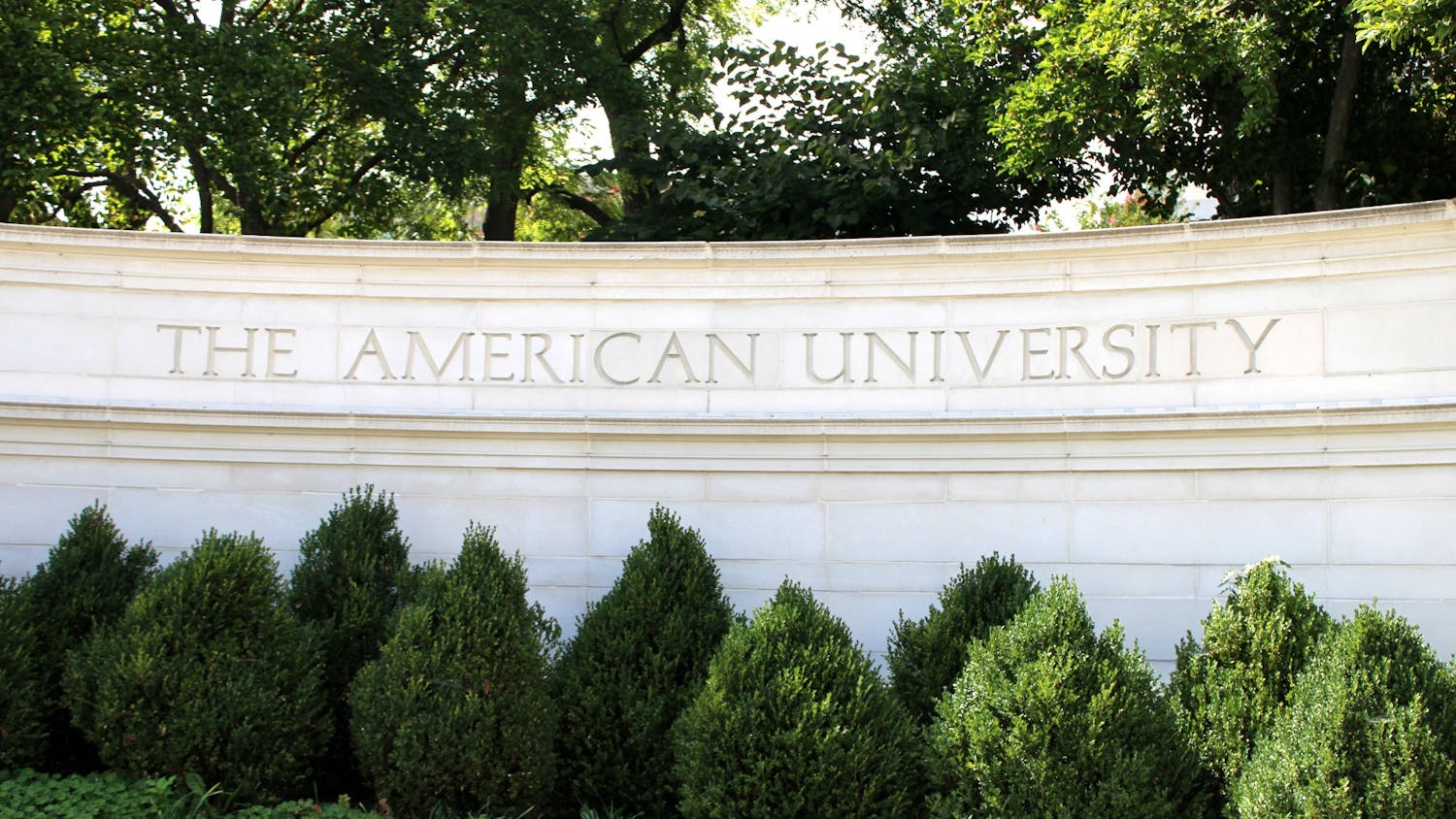The Alternative Spring Break program is "a learning process for everyone," according to Shoshanna Sumka, the global and community-based learning coordinator.
The programs send students to both domestic and international destinations and allow students to diverge from traditional winter and spring break paths and to instead experience a personal transformation that is just as humbling as it is fulfilling, according to Sumka.
Students have already volunteered to spend their winter break, from Jan. 1 to Jan. 14, in China, studying environment and trade issues, as well as examining democracy on the Thailand-Burma border.
"Alternative Spring Breaks are a great opportunity for students to go to remote locations and engage in activities that they would otherwise not experience," said Amanda Qui¤ones, a sophomore in the School of International Service.
Jeremy Koss, a sophomore in the Kogod School of Business, said giving students an opportunity to commit time and effort to community service is worth pursuing. "It gives them an alternative to getting drunk and harming themselves," he said.
The 2006 alternative spring break locations include Guatemala, Nicaragua, Honduras and Mexico, where students will, under the guidance of two leaders, perform community service and address social issues of inequality, Sumka said.
Students strive to create a two-way dialogue with community leaders" in an effort to uncover the roots of the inequalities that plague the community and to facilitate change, she said.
This focus on social welfare has been at the heart of the Alternative Spring Break program since its inauguration in 1994, when university Chaplain Joe Elderige led a group of graduate students to Honduras to help rebuild a village that had been destroyed by Hurricane Mitch.
Since that trip, Eldridge has encouraged AU students to continue this legacy of community service and social advocacy both internationally and in their own backyards.
"Most college students do the same thing every year for spring break, but this program is a really good chance to do something different," said Storme Gray, a senior in the School of Communication. "To do community service on a global scale is really unique, especially since AU is known for its focus on international issues."
However, other students have a more negative view of the program.
"I feel like it's a novelty thing to do for bragging rights," said Dianne Carroll, a sophomore in the College of Arts and Sciences. Carroll said some people do Alternative Spring Break because they want to, but others do it merely to build their resume.
Radaka Lightfoot, a sophomore in SOC, said even though Alternative Spring Break may be beneficial to the participants and those they serve, financial constraints may prevent students from being able to take part.
Although Alternative Spring Breaks have usually been located overseas, steps are being taken to localize students' efforts, Sumka said.
Sumka recognizes "racism and poverty exist here" and those issues need to be addressed. Students will soon have more alternative break options within the Unites States, decreasing the overall cost of participating in the program while increasing accessibility, she said.




